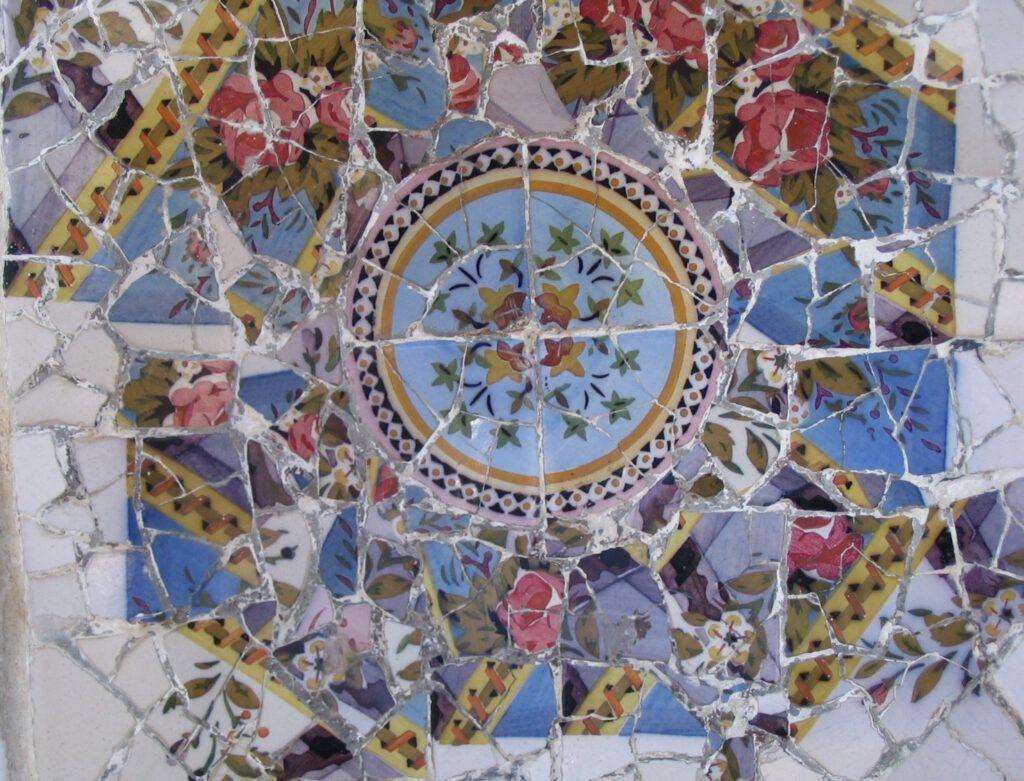(Organ) pipes or (viol) strings?
Anyone who has ever listened to the sounds of a Spanish organ, tuned in the mid-range, with its unmistakable response, will be fascinated by this extraordinary, seemingly archaic listening experience. Evidence of this sound can also be found in a few places in Germany as replicas of historical instruments.
Only a tiny part of the music of 16th century organists such as the famous Antonio de Cabezón, Sebastián Aguilera or the "Spanish Bach" Juan Cabanilles has probably come down to us. It is mostly heard as a spontaneous improvisation. And afterwards, unfortunately, it also faded away.
Nevertheless, some of these "Diferencias" and "Tientos" have made it into printed music and into this programme.
Virtuoso variations on Renaissance popular songs in the "Diferencias", instrumental dance movements such as Pavana, Galliarda and Pasacalles, but also the exhaustion of harmonic turns with countless dissonances ("Falsas") in the "Tiento", a preliminary form of the fugue, are components of this form-rich music.
Tuned in mid-tones, in the direct address of the Renaissance, the viol consort Les Escapades approaches the Spanish organ sound in a splendid way. This makes this special listening experience accessible also for concert venues without a Spanish organ.
Works: Arrangements of Spanish organ music by Antonio de Cabezón, Sebastián Aguilera de Heredia, Juan Cabanilles and others.
Instrumentation: 4 viols

